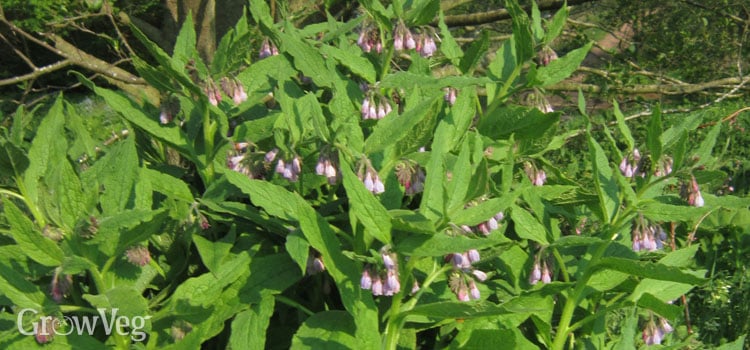16 Best Drought-Tolerant Plants to Grow in Low-Water Landscapes
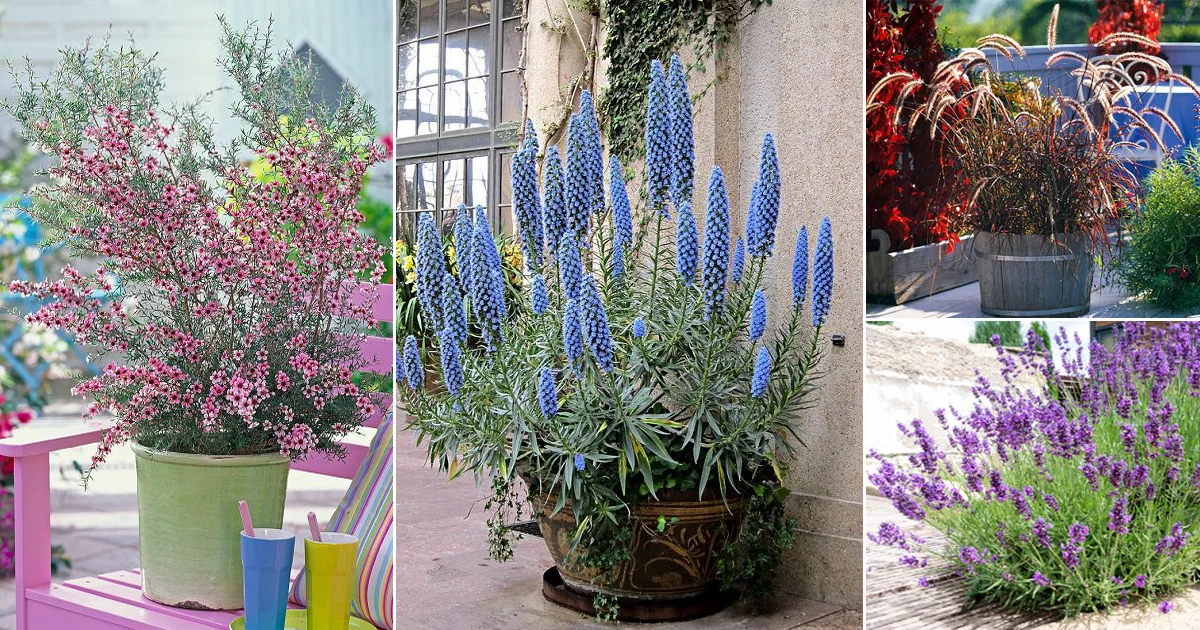
Table of Contents
Do you have a fondness for plants but find it challenging to keep them due to unfavourable drought conditions in the UK? Despite the harsh conditions, there are several droughts – tolerant plants capable of surviving and bringing the aesthetic appeal to your garden.
Drought- Tolerant plants can thrive and survive in an environment with limited water sources. These plants adapt to survive in arid and semi-arid areas by reducing water loss or storing water in their tissues. In addition, these plants naturally develop coping mechanisms like desiccation, tolerance due to prolonged drought, and detoxification.
These are a beautiful addition to your garden and create a stunning and visually exciting landscape. In addition, they can help conserve water, low maintenance, and cost saving. Many droughts tolerant plants have light-coloured leaves which reflect the sunlight, and some plants have a coat of fine hair that helps plants to trap moisture through leaves or stems.
Drought-Tolerant Plants that Thrive with Less Water
1. Mexican Fleabane
In the UK, drought-tolerant mat-forming Mexican Fleabane plants in white, purple, and pink typically bloom during the summer and thrive in full sun. Despite their weed-like appearance, these plants can add a lovely aesthetic to your garden.
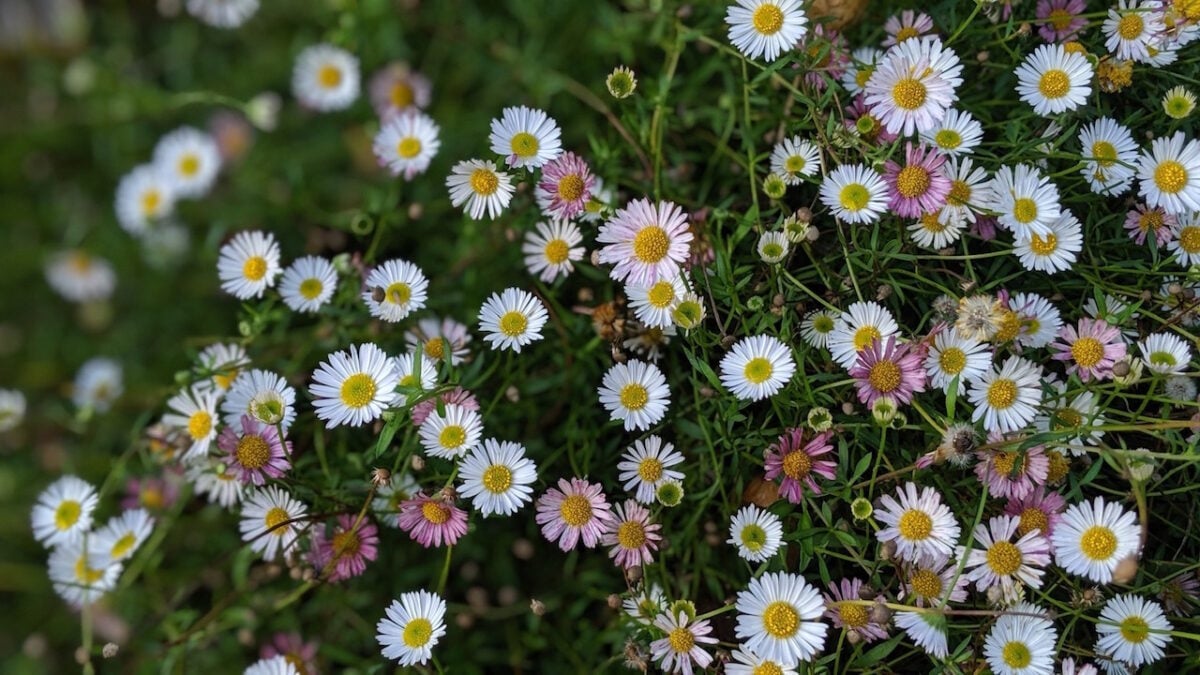
2. Blanket Flower
The blanket flower, a sunflower family member, is a drought-tolerant, short-lived perennial that proliferates. These plants thrive in total sun exposure and bloom from summer through spring, adding vibrant colours to your garden. They require minimal maintenance, and avoiding heavy soil and fertilizers is best. In the UK, blanket flowers are an excellent choice for a low-maintenance, drought-tolerant addition to your garden.
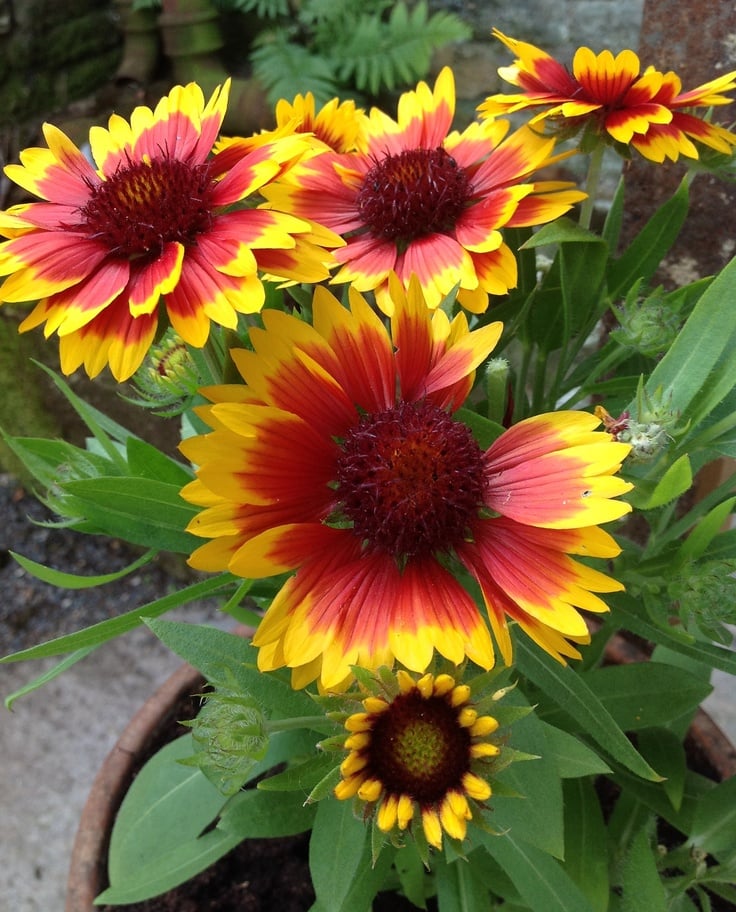
3. Alpine Aster
These drought-tolerant flowers are available in pink, purple, and soft violet, with a pop of bold yellow in the Centre, giving this flower a vibrant and royal look. It grows up to 30 cm tall in total sun exposure, and the trick is not to plant it in the North-facing aspect. This beauty has bagged the Royal Horticultural Society’s Award of Garden Merit in the UK.
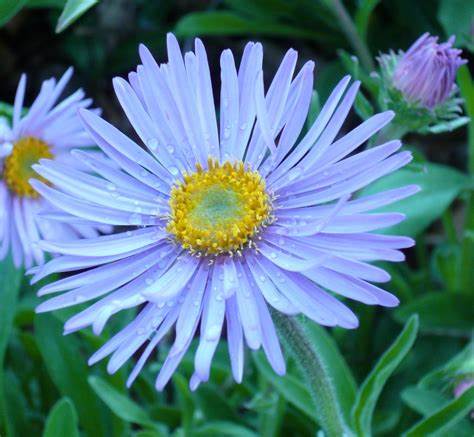
4. Galanthus Nivalis
There is commonly known as Snowdrops, which belong to bulb plants and are the first flower to bloom in spring; this plant completes the entire life cycle before the onset of drought. This process of early blooming is an adaptation technique to tolerate drought; these plants often bloom in spring and rest in summer. In addition, these cheerful flowers have some unique medicinal properties recently rediscovered (As intriguing as it sounds, they do not Self-Medicate). (As fascinating as it sounds, they do not Self-Medicate).
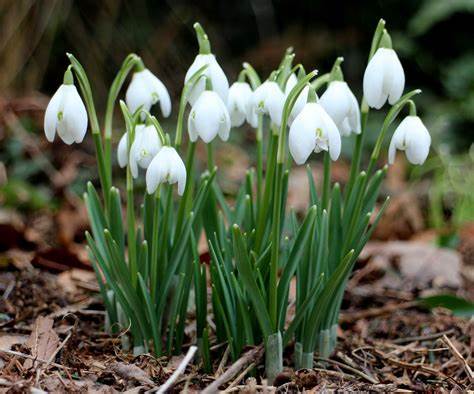
5. Hare’s Foot Clover
The Stone Foot Clover, also called “Hare’s Foot Clover,” is a drought-tolerant plant that can be grown quickly in the UK as an annual or biannual. Its deep roots can access water sources even when submerged and resurface during the rainy season. Furthermore, this nitrogen-fixation plant thrives in low-nitrogen soils.
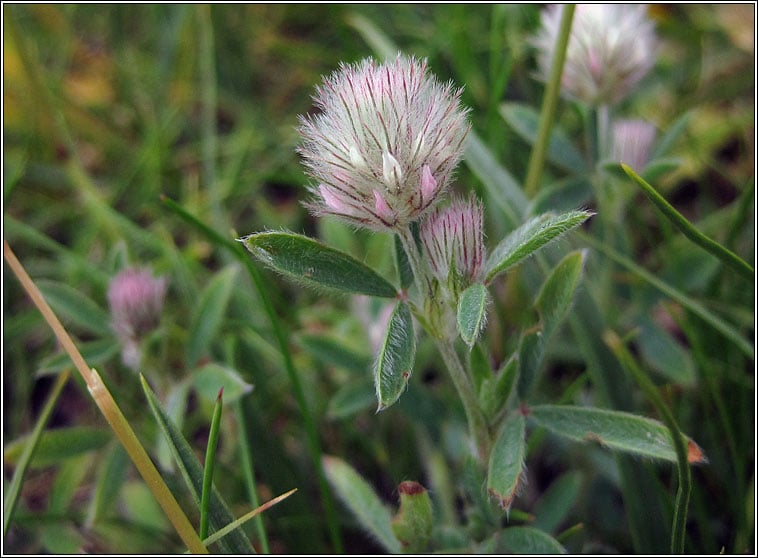
6. Daffodils
Daffodils symbolize Spring in the UK, as their beautiful bulb plants bloom in colors like white, pink, orange, and bright yellow. These drought-tolerant flowers thrive in the sun and mostly prefer moist and slightly acidic soil. These plants are known to be self-sufficient and low maintenance, as they do not require any additional fertilizers to mature.
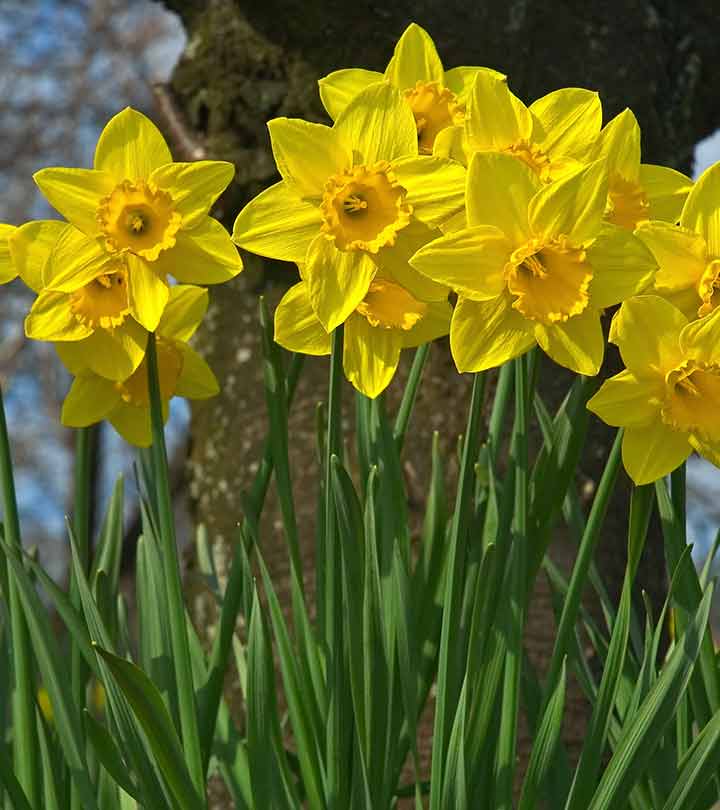
7. Agave
Agave plants are drought-tolerant and can thrive in hot regions with minimal rainfall due to their shallow rhizomes that aid in capturing moisture from rain and dew. Because of this, Agave is a frequently cultivated succulent in garden landscapes, even in the UK’s dry conditions.
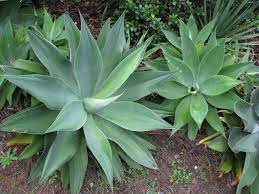
8. Aloe Vera
Aloe vera, a drought-tolerant household succulent, is known for its medicinal properties in treating sunburns and rashes and its use in modern skincare and haircare products. Its ability to thrive in rocky regions with minimal water has earned the nickname “The Plant of Immortality” among Egyptians. This plant can survive any condition and is easy to grow; this low-maintenance nature makes it suitable for your garden in the UK.

9. Lavender
Lavender, a plant known for its fragrance and vibrant colour, is well-suited for dry conditions as it is drought-tolerant and can thrive with less water. It has small fragrant flowers and can survive in hot regions, making it suitable for rocky and alkaline soil areas with a pH of 6.4 to 8.2. However, it is essential to note that the plant may rot or die if it retains too much water or is located near drainage. Lavender’s ability to withstand drought makes it a popular choice for gardens in the UK, where rainfall can be limited.

10. Cacti
Do you know that Cactus can live up to 200 years? Despite the low water availability, there are around 1500+ species of this plant. Its ability to thrive even in drought conditions makes it a perfect part of your garden. Growing Cactus needs patience, and they grow slower when compared to other plants because cacti do not contain Chlorophyll in their leaves. It primarily focuses on survival rather than reproduction.

11. Rosemary
Rosemary is a small aromatic needle-like structure that can drive in dry, rocky soil due to its drought-tolerant nature. It grows well in full sunlight, but if you plan to expand it indoors, provide at least 6 hours of artificial light or sunlight. Rosemary has some fantastic culinary and medical benefits, and its soothing aroma makes it a lovely addition to your garden.
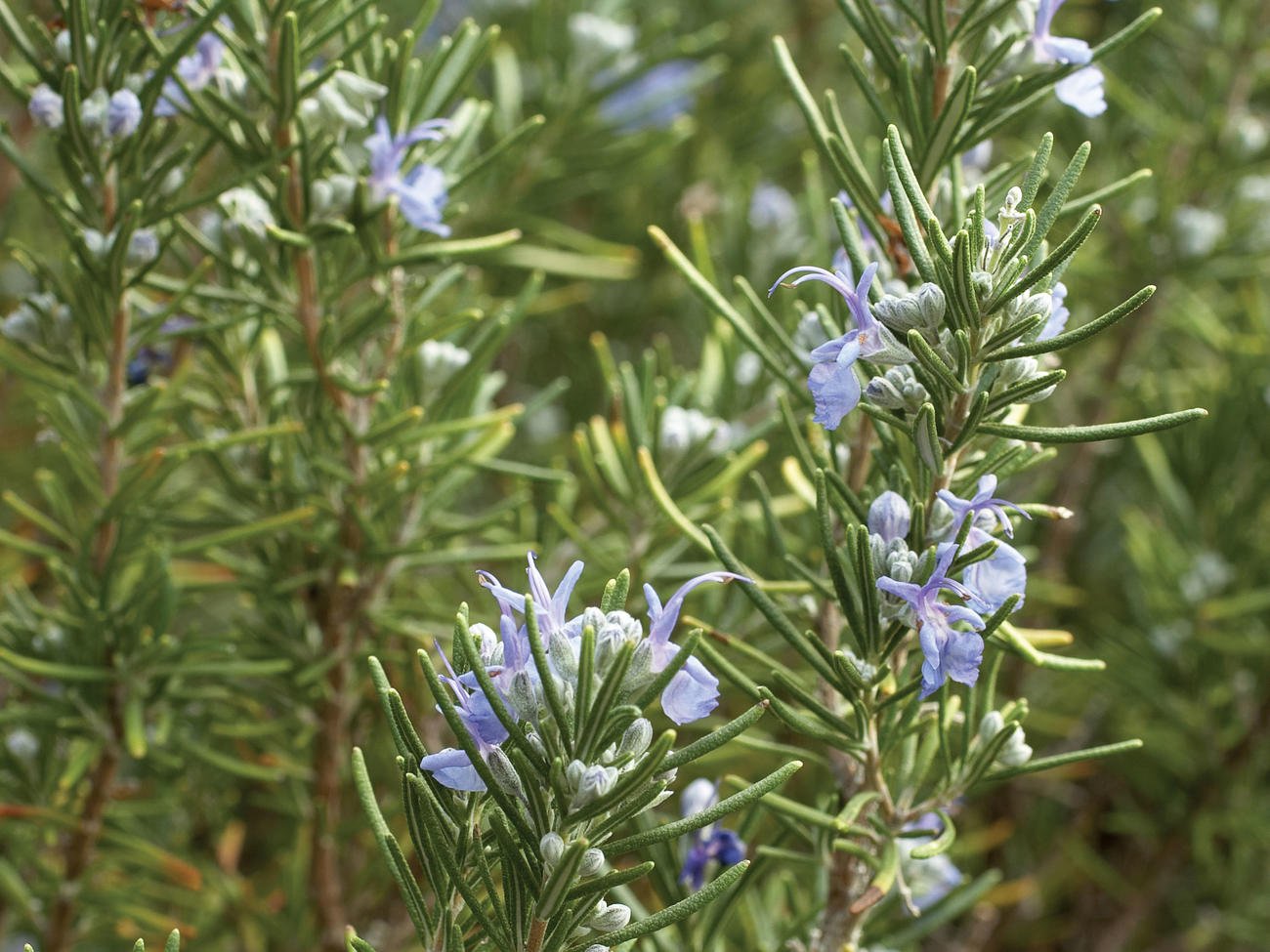
12. Thyme leaves
Thyme is a drought-tolerant, low-growing plant with tiny leaves that can be cultivated almost year-round in sunny conditions. However, it thrives in full sunlight and requires consistently dry soil. Due to its ability to withstand drought, thyme is an ideal plant for gardens in the UK. Not only does it enhance the beauty of your garden, but it also adds a delightful flavour to your kitchen.
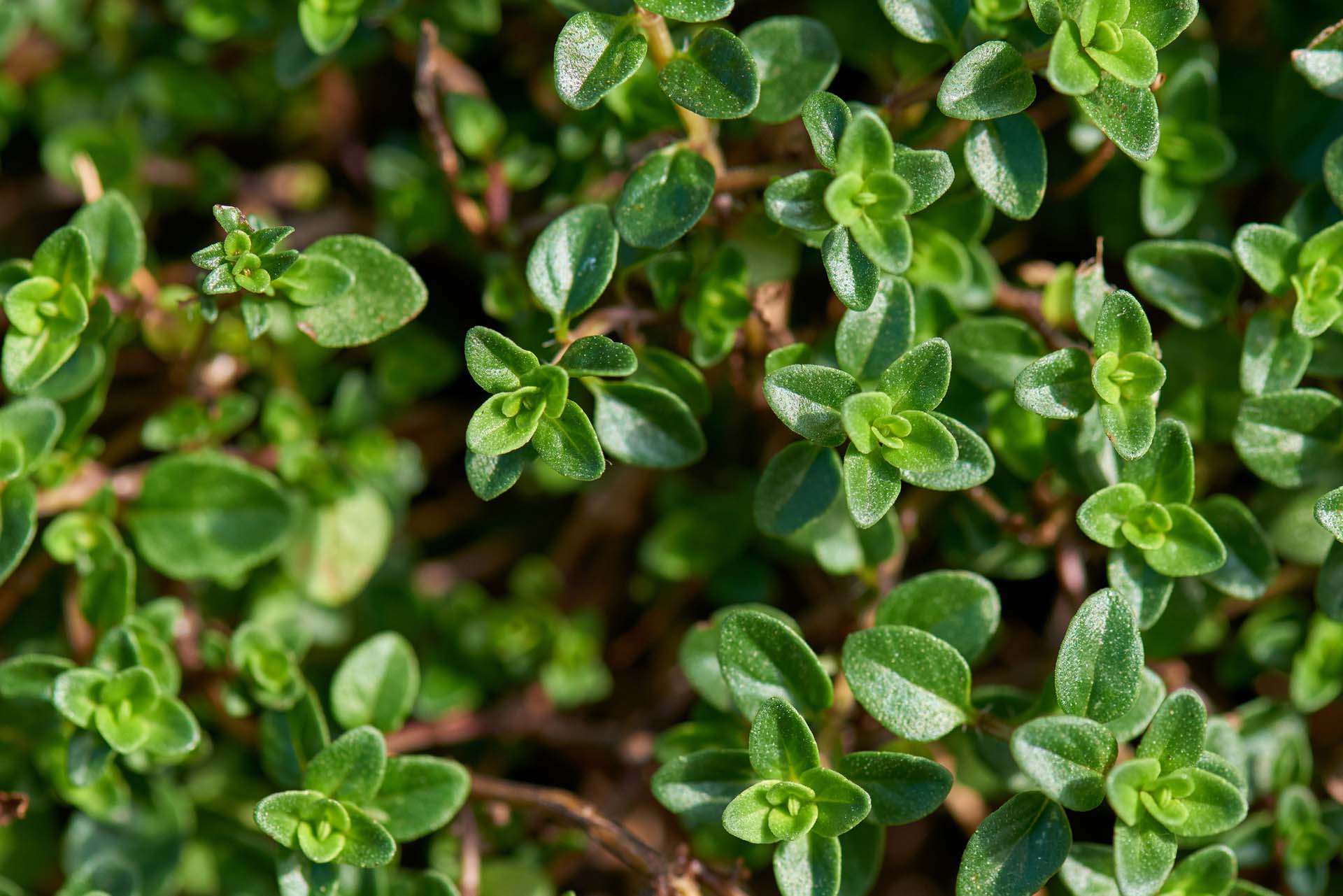
13. Juniper
Juniper plants, which are drought-tolerant and can grow in various soil types and climates, are commonly used in landscaping and gardening due to their fragrant, blue-green needles and small, berry-like cones. In addition to their ornamental value, the berries of the Juniper plant, which is a cone, are utilized for culinary and medicinal purposes.
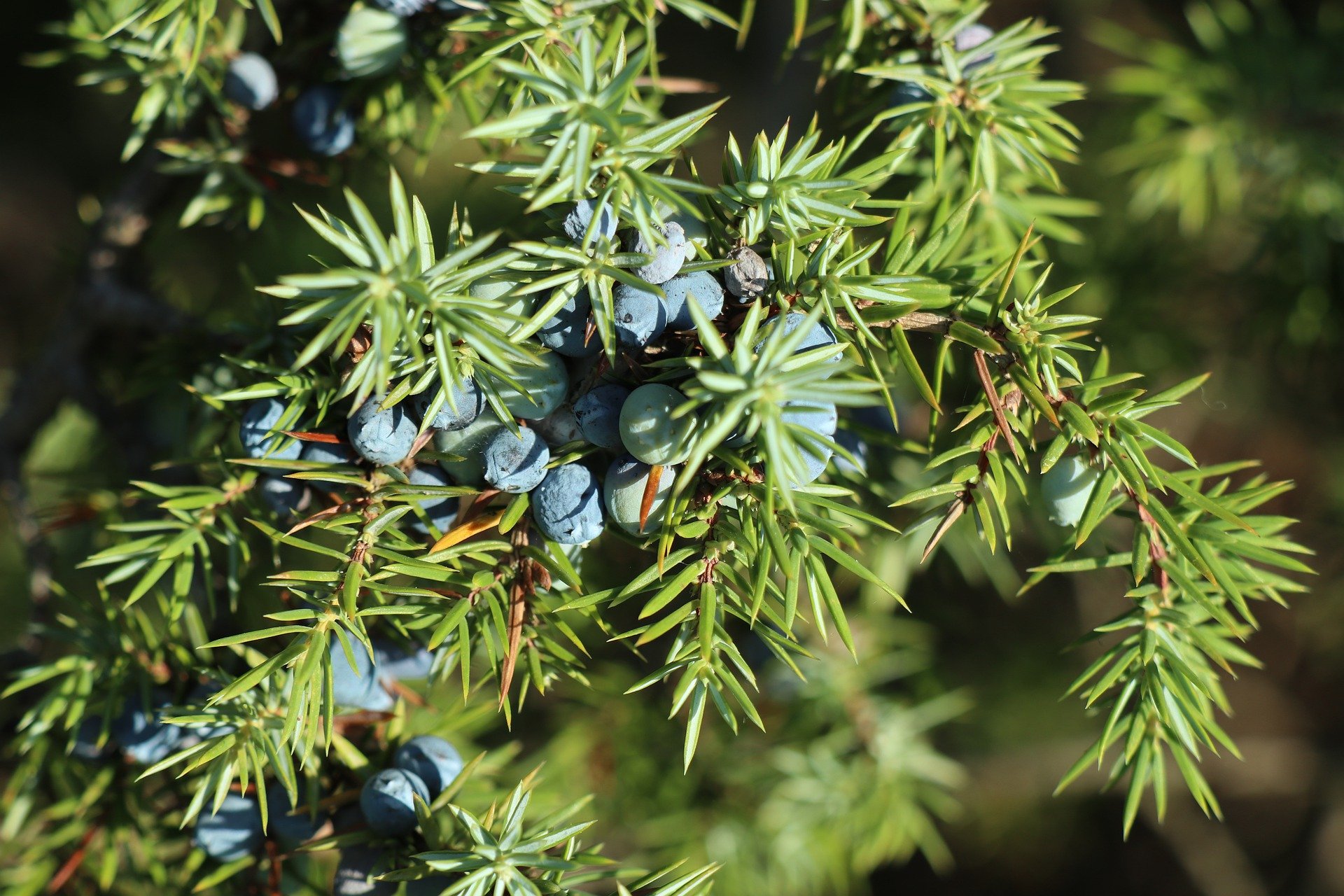
14. Sedum
Sedum, a member of the Crassulaceae family, is a plant that can withstand drought conditions due to its ability to retain water for extended periods. This characteristic enables the species to thrive in arid and semi-arid regions. Gardeners often utilize these plants as groundcover and borders in rocky soil. Additionally, Sedum is valued for its charming foliage and flowers. In the UK, Sedum’s drought-tolerant nature makes it an ideal plant for gardens with limited access to water.
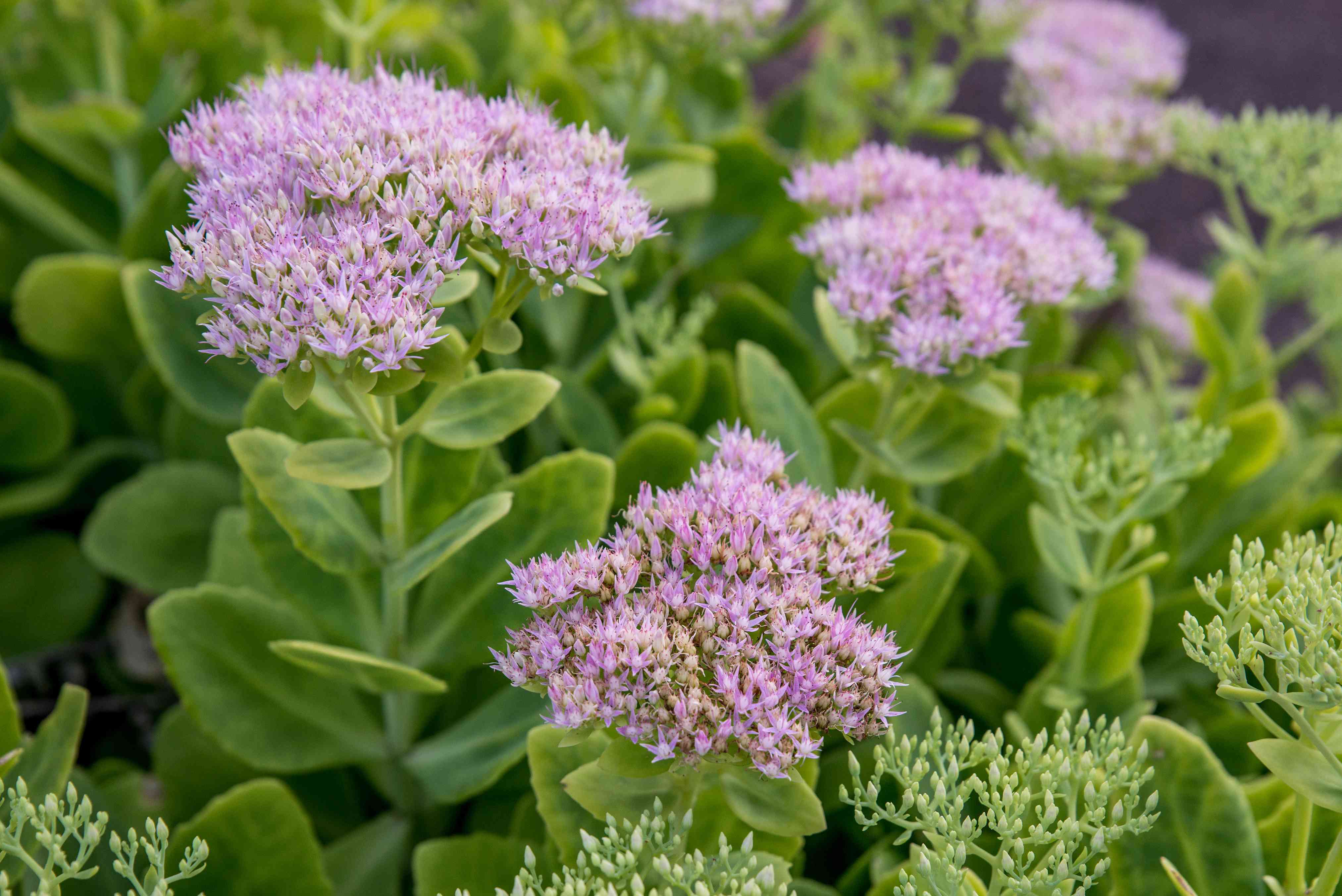
15. Yucca
The Yucca plant, known for its drought-tolerant nature, can thrive in dry environments and any soil type. Its sword-shaped leaves and sturdy stems allow efficient water storage, making it an ideal option for low-maintenance landscaping. Yucca’s versatility is evident because it can be grown in various forms, such as trees or shrubs. This quality makes it an excellent option for gardeners in the UK, where dry climates are prevalent
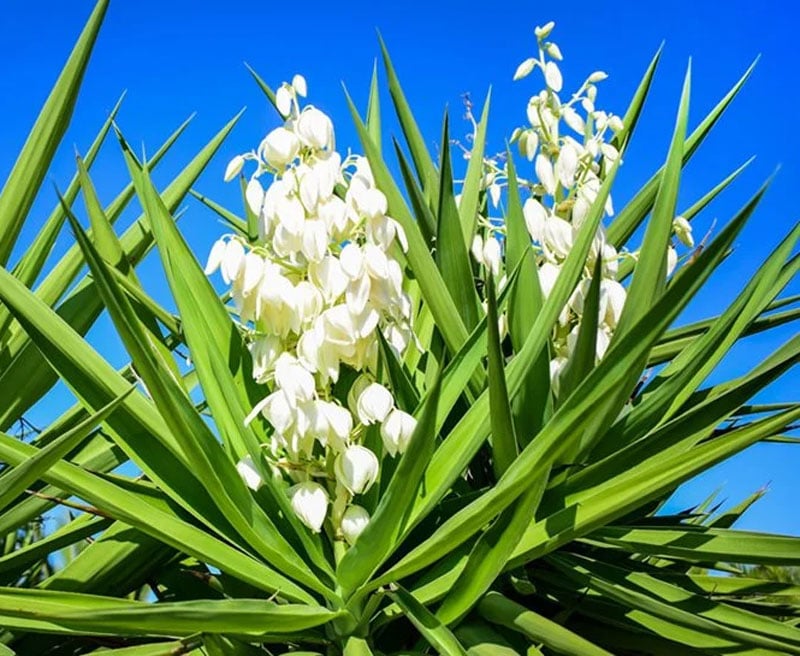
16. Blue Fescue
Blue Fescue, clumping grass with delicate, needle-like blue-grey leaves, is commonly grown for ornamental purposes in the UK. Standing 6-10 inches tall, it produces small, tan-coloured flower spikes during the summer. Blue Fescue is drought-tolerant, making it an ideal choice for low-maintenance landscapes requiring minimal watering. Additionally, it adds a touch of texture and color to the surroundings, making it a popular favorite among gardeners.
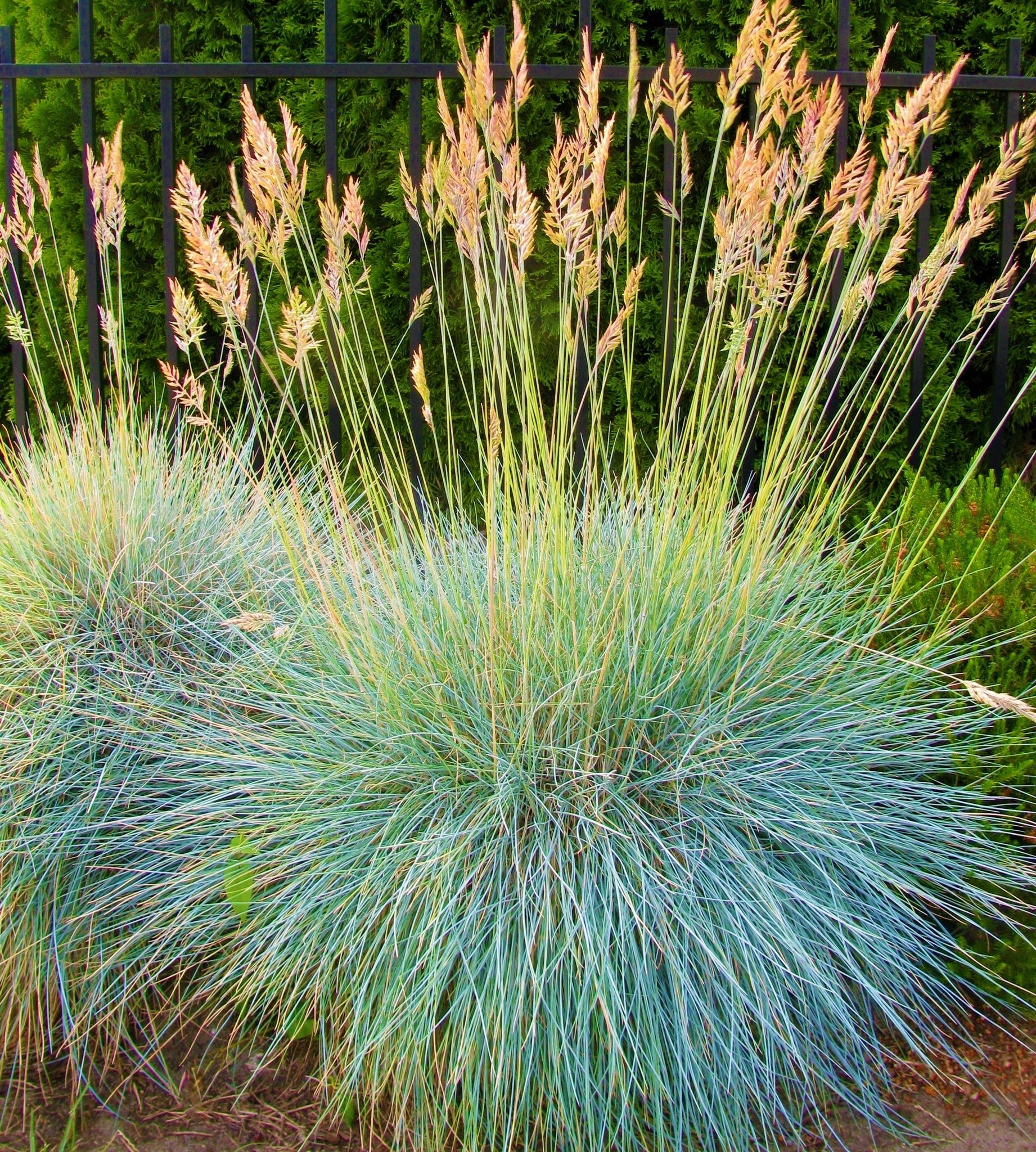
In the UK, drought-tolerant plants are commonly viewed as low maintenance since they can flourish in dry conditions with minimal water usage. Nevertheless, it’s important to remember that these plants need some upkeep.
Steps to Follow to Create a Landscape with Drought-Tolerant Plants
1. Plan and Design
This is a crucial phase where you should clarify the area and the time you will spend on landscaping. Prepare a list of drought-tolerant plants that are available in your area.
2. Balance the Soil
Although they exhibit resilience and can endure harsh conditions, certain plants thrive exclusively in rocky and less humid soil. Therefore, verifying that the land is not overly damp and establishing an effective drainage system to remove excess water is crucial for successful planting.
3. Choose the Plants
When considering plants for a water-efficient landscape, the initial thought may be to select “Drought-tolerant plants.” However, verifying that the chosen plants have low water requirements throughout various seasons is crucial. In addition, it can be helpful to categorize plants with comparable water needs to streamline the process of irrigation and watering.
4. Mulching
The material spreads a protective layer of stone, gravel, rubber chips, wood, and compost to protect the soil. These techniques help reduce water evaporation, soil erosion, and weed growth. But prefer using organic material, which needs a top-up at least once a year.
5. Maintenance & Watering
As these are drought-tolerant plants, avoid over-watering and use sprinkling systems. Always ensure that plants are watered based on the weather and needs of the plant. These plants are low maintenance; minimize maintenance to ensure slow and steady natural growth.
We have now identified a greater variety of drought-tolerant trees, plants, shrubs, and grasses that thrive under unfavorable conditions, such as limited water resources. So, let’s see the benefits of having lack-tolerant plants and why these plants are essential for sustainable horticulture practices in the UK.
Benefits of Drought-Tolerant Plants
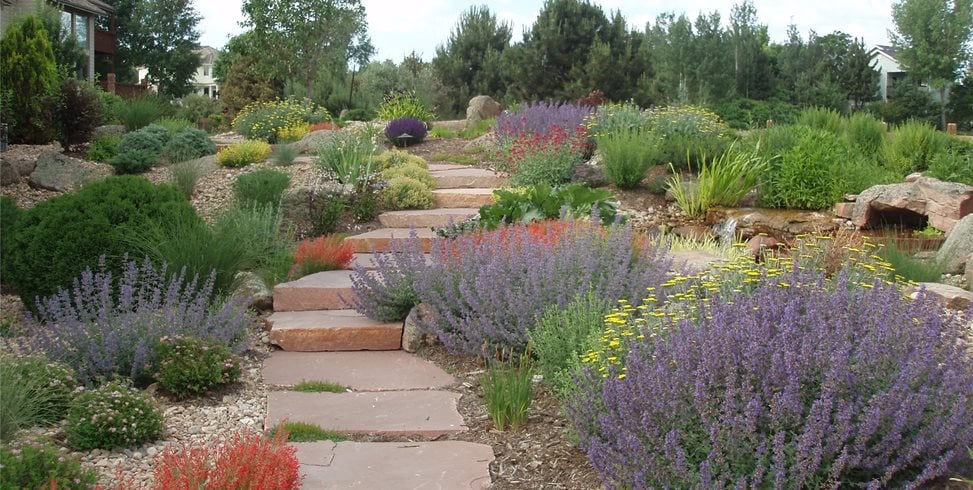
- Water Conserving – These plants naturally adapt and survive in low water conditions. Therefore, these plants are the best option for areas with limited natural resources.
- Low- Maintenance – These plants require significantly less attention, reducing the need for irrigation, fertilizers, pesticides, and consistency in watering.
- Cost-Effective – Since they are low maintenance, drought-tolerant plants save the cost of water and care.
- Biodiversity– Drought- Tolerant plants attract and support many pollinators, insects, and birds.
- Aesthetics – Adding Drought- tolerant plants to your landscape adds fantastic colour and texture to the garden. In recent years, succulents have become the most popular choice for landscaping projects.
- Sustainability – Individuals and organizations can reduce water consumption and contribute to environmental conservation efforts by utilizing plants requiring less water and can withstand dry conditions. And can encourage people to consider the impact of their gardening practices on the environment and make informed choices about the plants they cultivate.
Conclusion
Incorporating drought-tolerant plants UK into your garden is both environmentally responsible and aesthetically pleasing. The UK’s climate may be unpredictable, but with these 16 drought-tolerant plant options, your garden can remain vibrant and healthy all year round.
These resilient plants not only withstand harsh conditions but also thrive in arid conditions, making them a perfect addition to any gardens in the UK. So, add some drought-tolerant plants to your garden to enjoy their benefits while conserving water resources in the UK.
Let us know in the comments below which one of these you will plant in your garden.

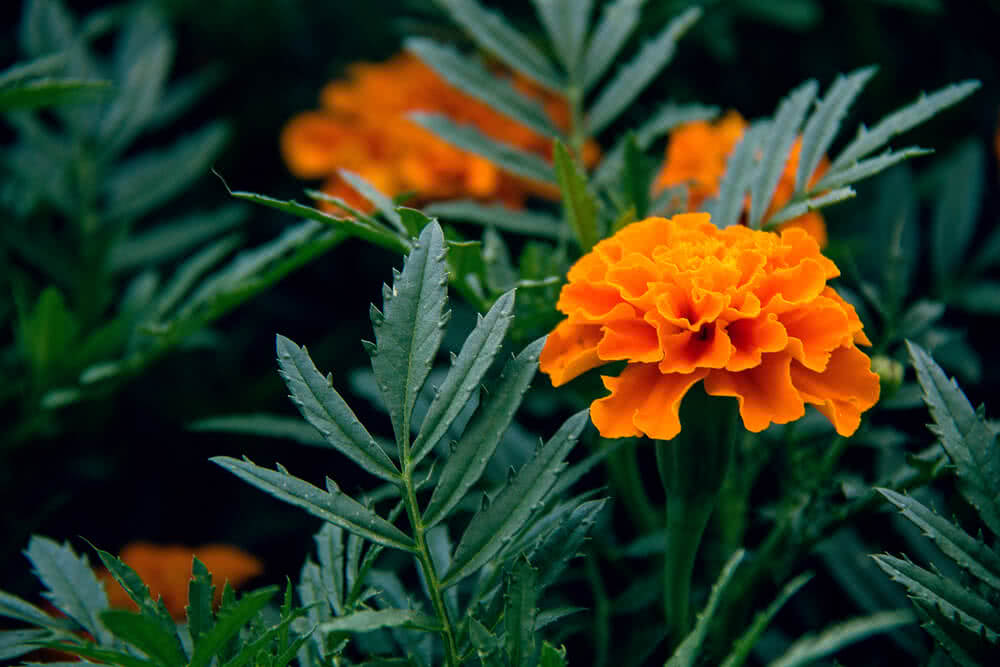
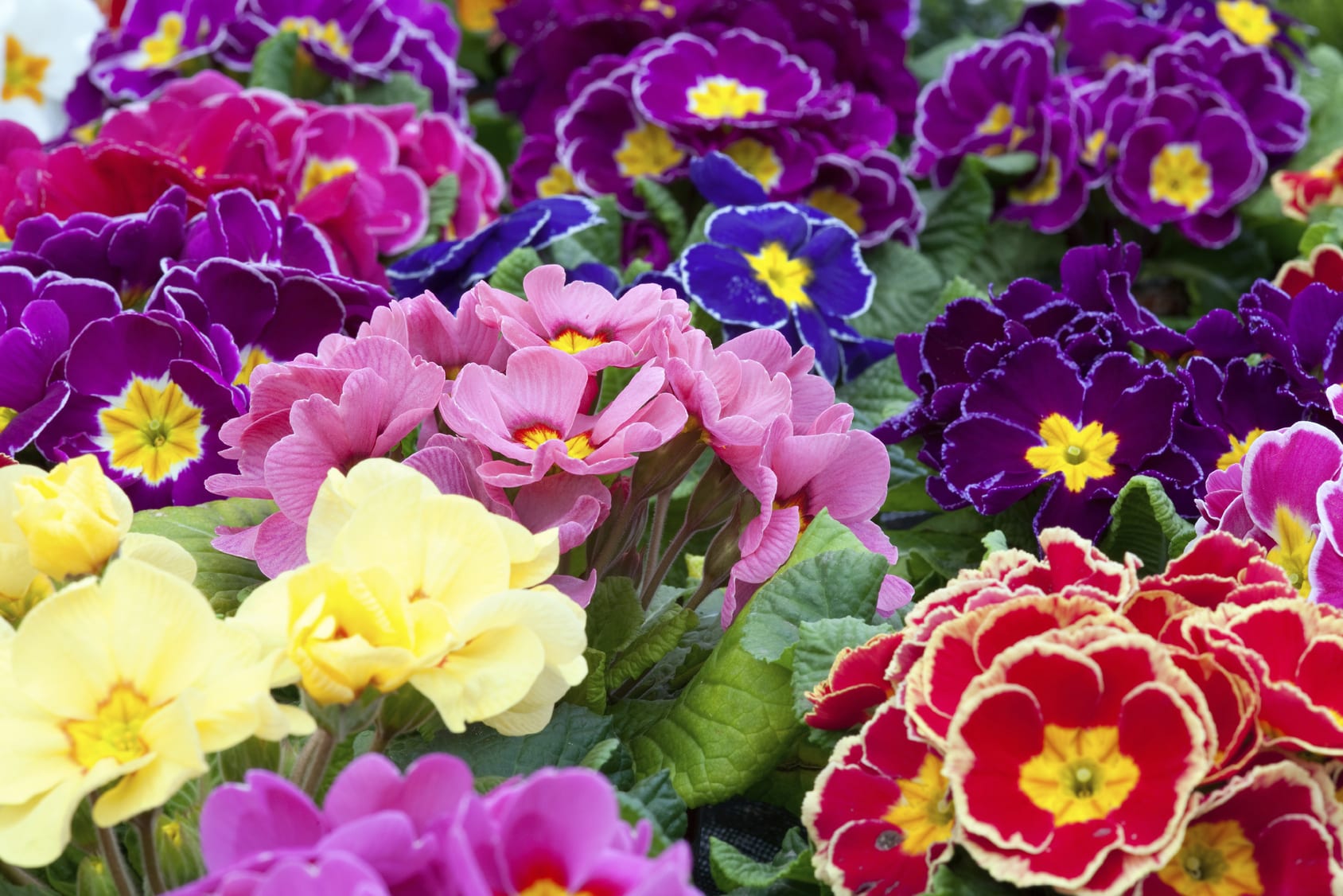
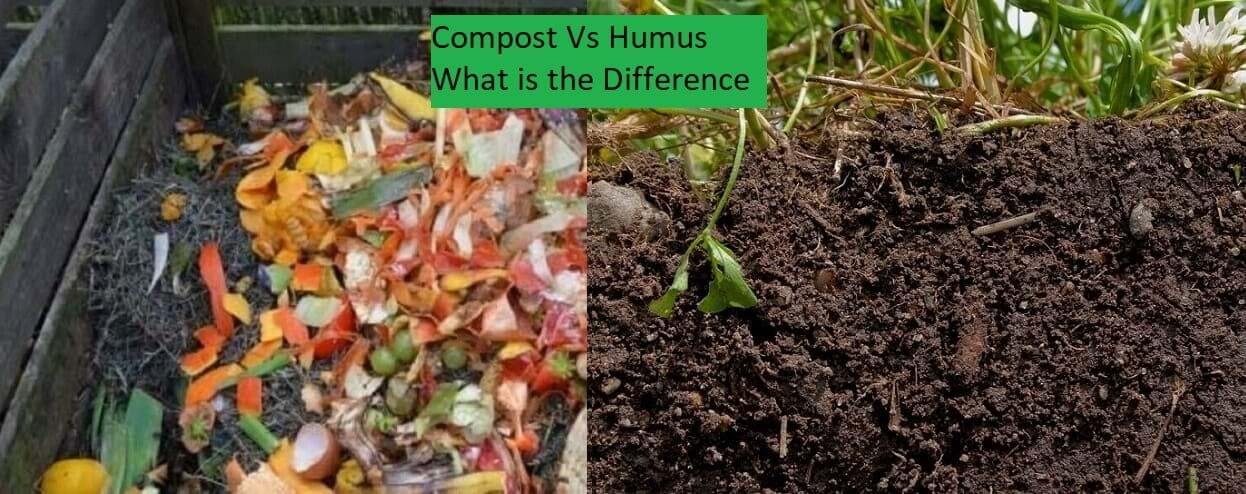
![18 Best Companion Plants to Grow With Ferns [UK]](https://staging.thearches.co.uk/wp-content/uploads/Companion-Plants-To-Grow-With-Ferns.jpg)

